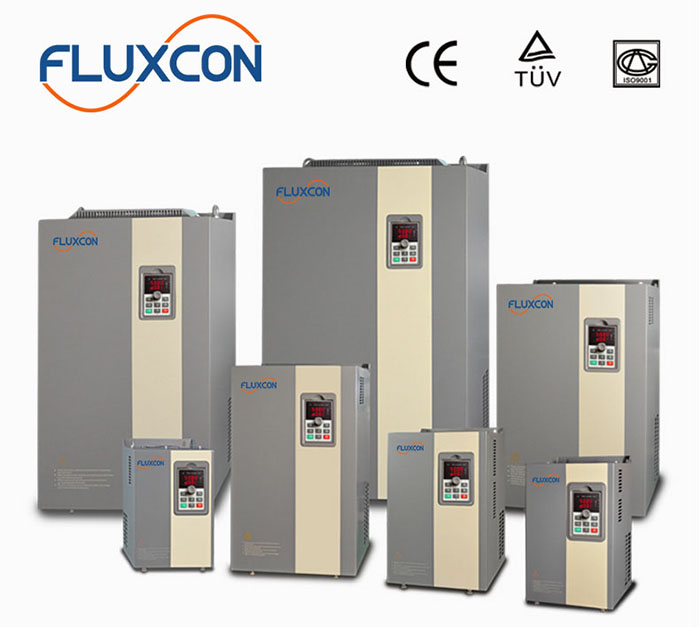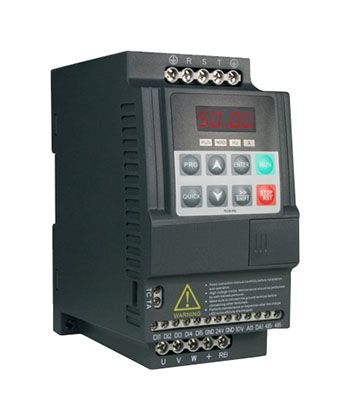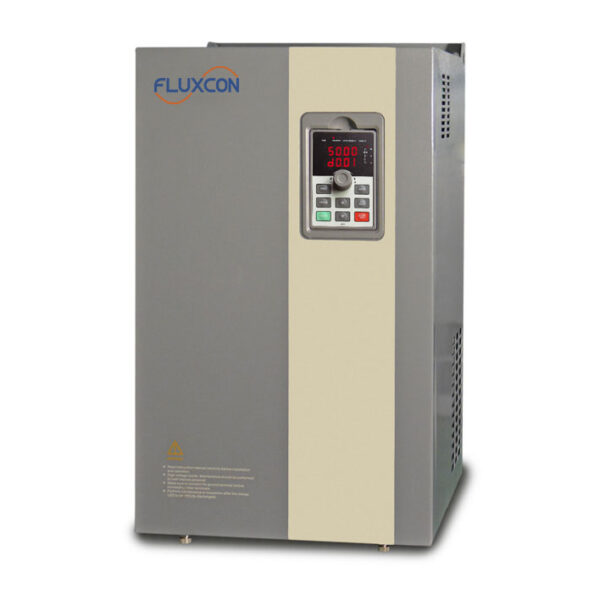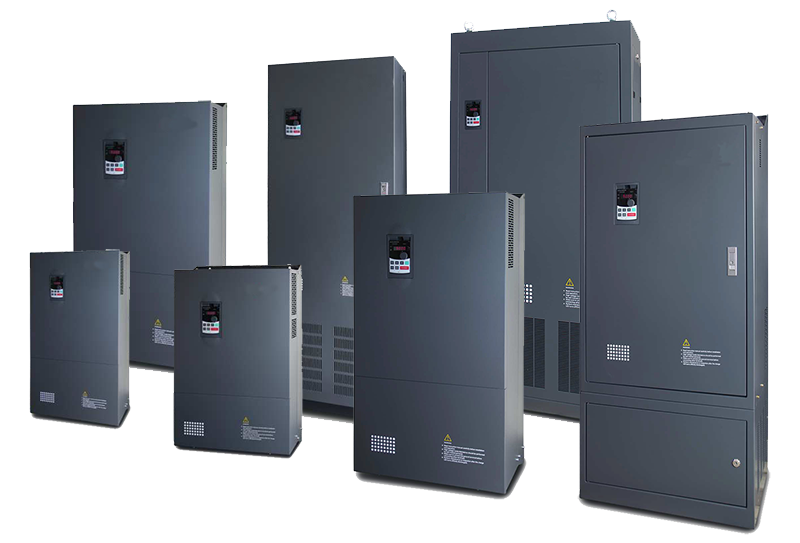How does a variable frequency drive / VFD / inverter work
Its operation is based on the principle that the motor torque of the electric motor depends on the voltage and frequency offered. When the frequency is increased the motor wants to run at higher rpm. When raising the voltage the more current will run through the windings and the more magnetic field will be created which results in more torque. The windings will have a higher impedance (” special kind of resistance) when the frequency is higher. In order to get the same current at a higher frequency a higher voltage in needed. When the frequency is increased, the motor will tend to run at a higher speed. When increasing the voltage, more current will flow through the windings and more magnetic field will be created, resulting in more torque. The windings will have a higher impedance (“special kind of resistance”) if the frequency is higher. To get the same current at a higher frequency, a higher voltage is required.
By varying these two variables, the desired behavior of the electric motor is achieved.
For simple applications it is sufficient to use a fixed voltage/frequency ratio over the entire speed range, also called V/F control / characteristic. Usually this control method is somewhat optimized with a boost function and some pre-programmed V/F characteristics.
For applications where the frequency converter has to keep more control over the behavior of the electric motor, the “motor model” is used, also known as the field oriented model. Basically, with this method of control, the desired speed of the motor is compared with the actual speed and, based on this, the voltage/frequency ratio is adjusted in such a way that the electric motor delivers the desired torques and runs at the correct speeds.
With an encoder on the motor, the frequency converter can determine the exact speed of the motor even more accurately. As a result, the combination of frequency converter, electric motor and encoder feedback provides the best results in terms of speed accuracy, torque precision and positioning.



